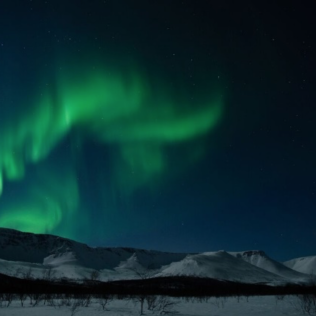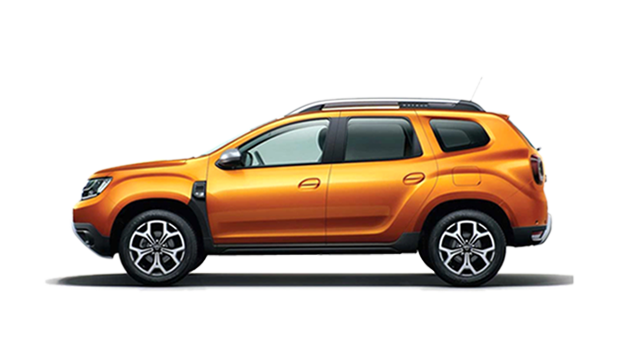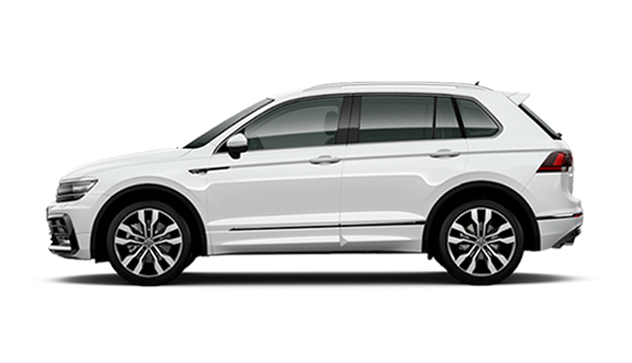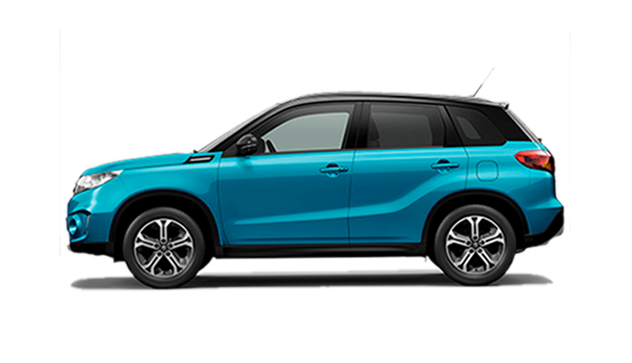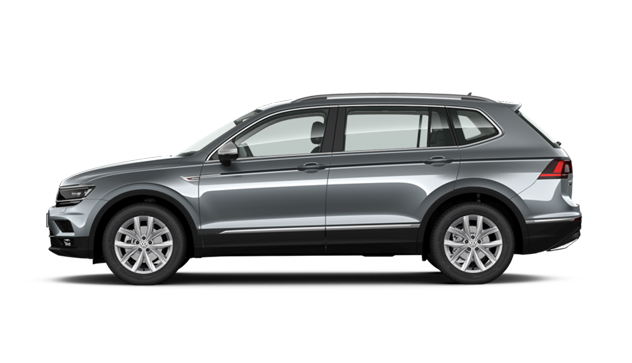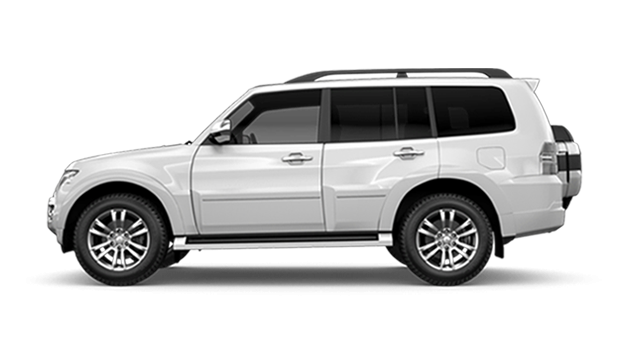The Northern Lights, or Aurora Borealis, are a breathtaking natural phenomenon that many dream of witnessing. Iceland, with its long nights and clear skies, is one of the best places on Earth to see them. Here’s a comprehensive guide to help you maximize your chances of seeing the Northern Lights in Iceland, along with tips on safe winter driving and the benefits of renting a car from Firefly Iceland.
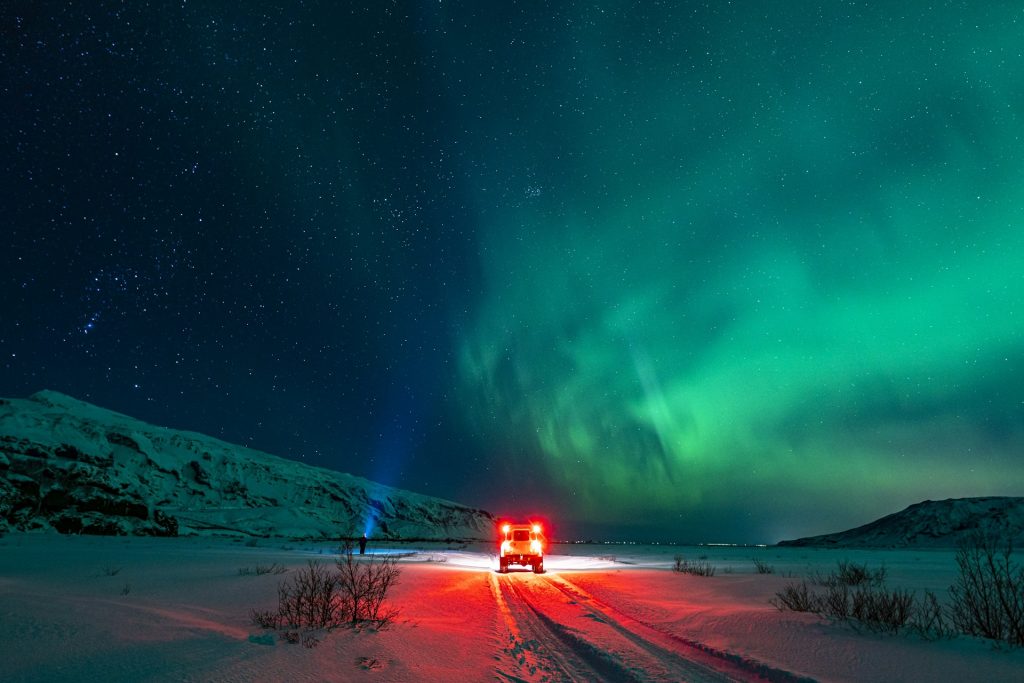
When to See the Northern Lights in Iceland
Before hunting for the northern light, you should know well about the Iceland weather conditions that you might encounter during your trip. Winter in Iceland can be quite severe, with temperatures often dropping below freezing and frequent snowstorms. The weather is highly unpredictable, which adds an element of adventure to your Northern Lights hunting.
Be prepared for sudden changes in conditions, and always check the weather forecast before heading out. Despite the cold, winter also brings long, dark nights, creating perfect conditions for viewing the aurora.
Optimal Viewing Period: The best time to see the Northern Lights in Iceland is from late September to early April. This period offers the longest nights and the darkest skies, which are essential for viewing the aurora.
During the summer months, the Midnight Sun makes it nearly impossible to see the Northern Lights due to the extended daylight hours. Planning your trip to Iceland during these months will give you the highest chance of a successful sighting.
Peak Aurora Activity: The Northern Lights are most active during periods of high solar activity, which occurs in cycles. Solar winds interact with the Earth’s magnetic field, creating vibrant displays of light. While the Northern Lights can be seen on any clear night during the optimal viewing period, they are more likely to appear during periods of high solar activity.
Monitoring aurora forecasts can help you plan your viewing. You can check the aurora activity forecast on the Icelandic Met Office website(en.vedur.is), which provides updates on solar activity and the likelihood of seeing the Northern Lights.
Dark, Clear Nights: Darkness is a key factor in seeing the Northern Lights. This means that the best time of night to look for them is generally between 9 PM and 2 AM. Clear skies are also crucial, as cloud cover can obscure the aurora.
Checking weather forecasts for clear skies will increase your chances of a successful sighting. The Icelandic Met Office website also provides detailed weather forecasts, including cloud cover predictions, to help you find the best nights for Northern Lights hunting.
By planning your trip to Iceland during the optimal viewing period and using the tools available to monitor aurora activity and weather conditions, you can maximize your chances of witnessing the breathtaking Northern Lights. Stay warm, be patient, and enjoy the incredible natural beauty of Iceland in winter.
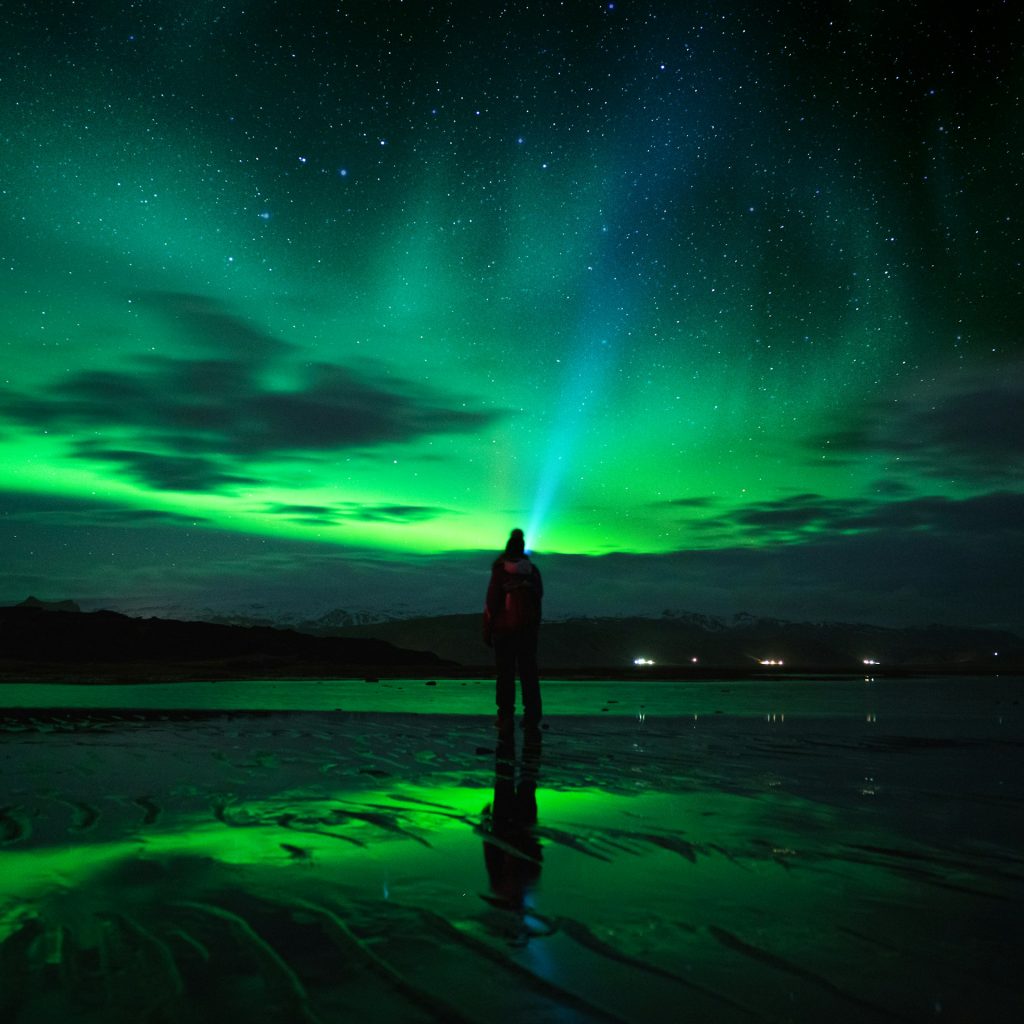
Winter Road Conditions in Iceland
Before setting off on your Northern Lights adventure, it’s crucial to understand the winter road conditions in Iceland. The roads can be icy and slippery, and sudden snowstorms can significantly reduce visibility and make driving challenging.
Renting a 4×4 vehicle is highly recommended for better traction and stability. Always check the Icelandic Road and Coastal Administration website for up-to-date road conditions and weather forecasts before starting your journey. Equip your car with necessary winter gear and ensure you have emergency supplies, including warm clothing, food, and a fully charged phone.
Driving in Winter Iceland
Driving in Iceland during the winter requires extra caution and preparation. The country’s winter weather is unpredictable, with sudden changes that can turn a clear road into a slippery, snow-covered one in minutes.
Make sure your vehicle is equipped with winter tires and, if possible, bring snow chains for added safety. It’s important to drive slowly and maintain a safe distance from other vehicles to prevent accidents on icy roads.
In addition, always keep an eye on the weather forecast and road conditions. Websites like Vegagerdin provide real-time updates on road conditions, closures, and weather-related hazards.
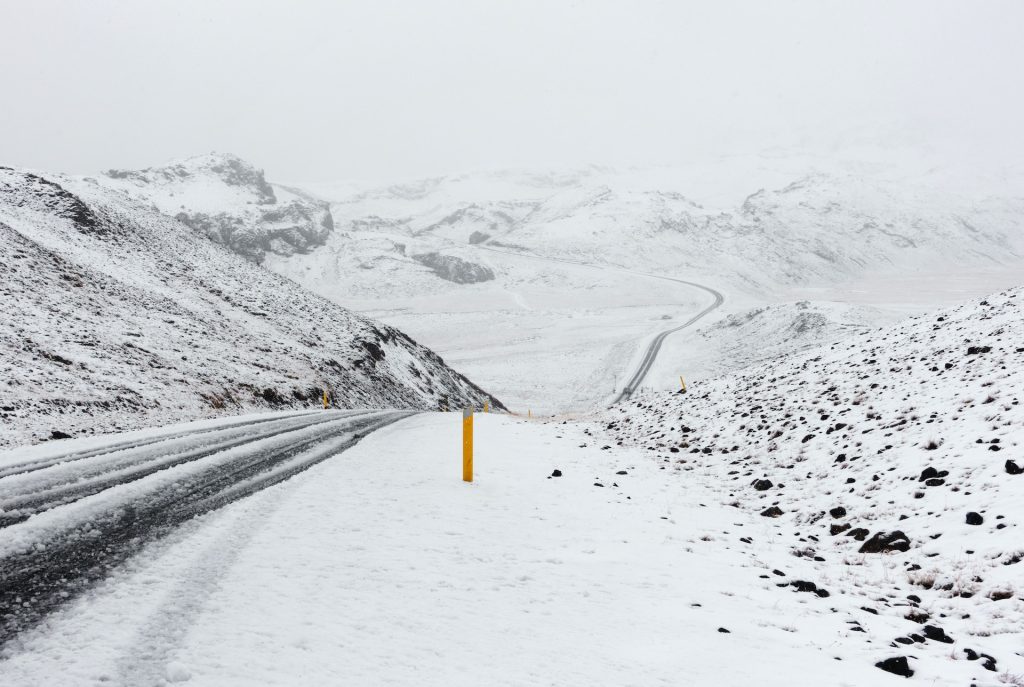
Best classic Locations to See the Northern Lights
Iceland offers numerous spectacular locations to witness the Northern Lights, each with unique features and landscapes that enhance the viewing experience.
Þingvellir National Park
Located about a 40-minute drive from Reykjavik, Þingvellir National Park is a UNESCO World Heritage Site known for its historical and geological significance. It’s also an excellent spot for viewing the Northern Lights due to its dark skies and minimal light pollution. The park’s unique landscape, with its rift valley and volcanic terrain, adds to the awe-inspiring experience of watching the aurora here.
- Related reading: Golden Circle Iceland Map: Getting to the Main Attractions
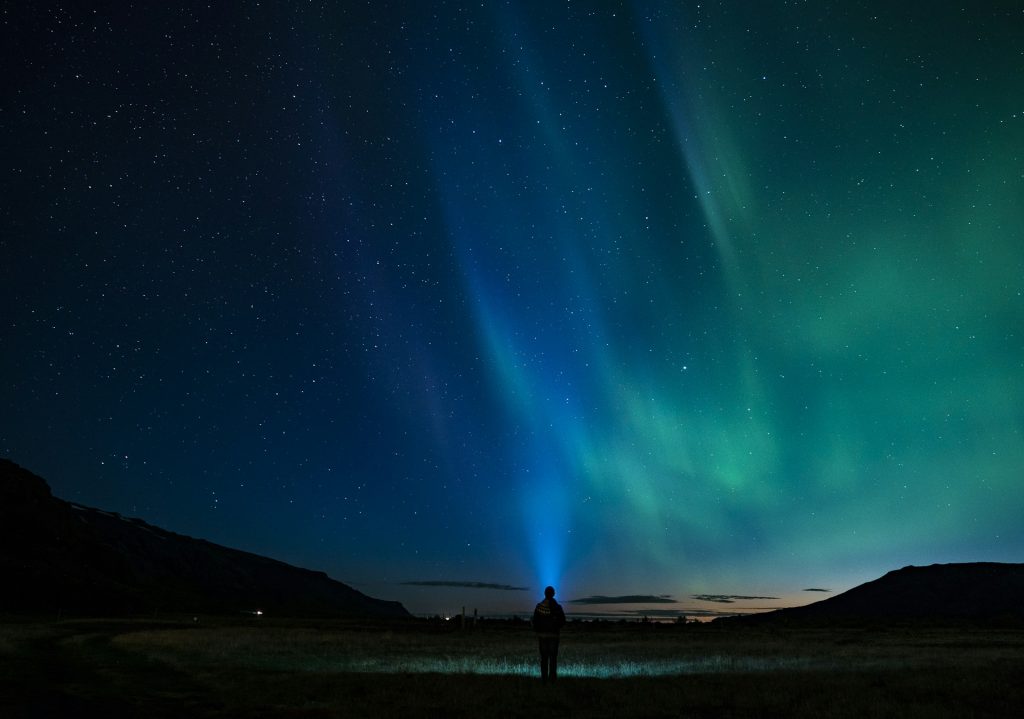
Reykjanes Peninsula
This area is known for its geothermal activity and rugged landscapes. The Reykjanes Peninsula offers several good viewing spots, including the Gardur Lighthouse and Kleifarvatn Lake. The peninsula is relatively close to Reykjavik, making it a convenient option for those staying in the capital.
Kirkjufell Mountain
This iconic mountain, Kirkjufell, located on the Snæfellsnes Peninsula, is one of Iceland’s most photographed landmarks. The surrounding area is remote and dark, making it an ideal location for aurora viewing. The combination of the mountain and the Northern Lights creates a picture-perfect scene.
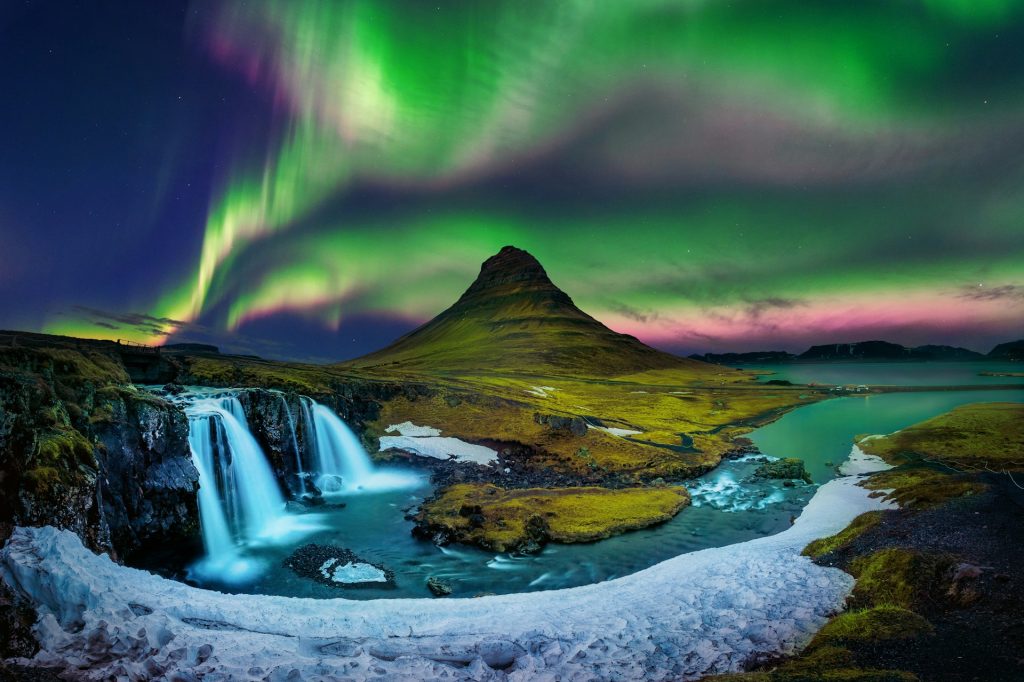
Jökulsárlón Glacier Lagoon
Located in southeast Iceland, Jökulsárlón Glacier Lagoon is known for its stunning icebergs and serene waters. The lagoon’s reflective surface enhances the beauty of the Northern Lights, creating a magical viewing experience. It is a bit further from Reykjavik, but the journey is worth it for the unique scenery.
- Related reading: A quick guide to driving in South Iceland
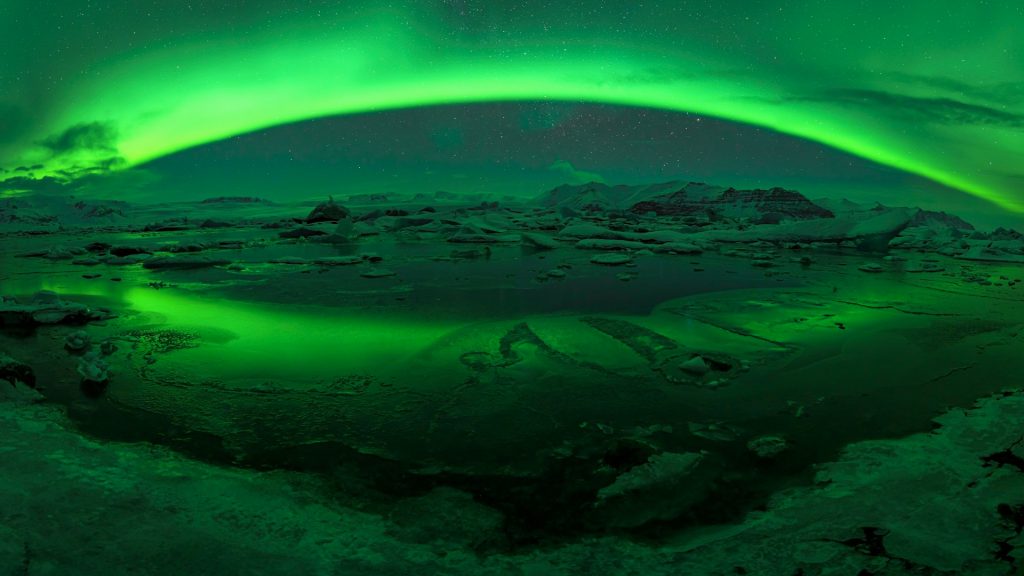
Tips for Aurora Hunting in Icland
- Escape the City Lights: Light pollution from urban areas like Reykjavik can diminish the visibility of the Northern Lights. Heading to rural areas with minimal light pollution will significantly improve your chances of seeing a bright display.
- Check Aurora and Weather Forecasts: Several websites and apps provide real-time aurora forecasts, indicating the likelihood of Northern Lights activity. Additionally, checking weather forecasts for clear skies is essential. Cloudy skies can block the view of the aurora, so aim for nights with clear or partly cloudy conditions.
- Stay Longer: The longer you stay in Iceland, the higher your chances of witnessing the Northern Lights. Since the aurora is a natural phenomenon, it can be unpredictable. Spending at least a week in Iceland will give you multiple opportunities to see the lights.
- Dress Warmly: Icelandic winters can be extremely cold, especially at night. Dressing in multiple layers, including thermal underwear, insulated jackets, gloves, hats, and warm boots, is essential for staying comfortable while waiting for the aurora. Windproof and waterproof clothing is also recommended due to Iceland’s unpredictable weather.
- Be Patient and Persistent: Seeing the Northern Lights often requires patience and persistence. It can take hours of waiting in the cold, but the experience is well worth the effort. Bring a thermos of hot coffee or tea to stay warm, and don’t give up if you don’t see the lights immediately. Sometimes, the aurora can appear suddenly and last for only a few minutes.
- Join a Northern Lights Tour: If you find it challenging to see the Northern Lights on your own, consider joining a guided Northern Lights tour in Iceland. These tours are led by experts who know the best spots and conditions for viewing the aurora. Plus, they often provide transportation and additional information, increasing your chances of a successful sighting.
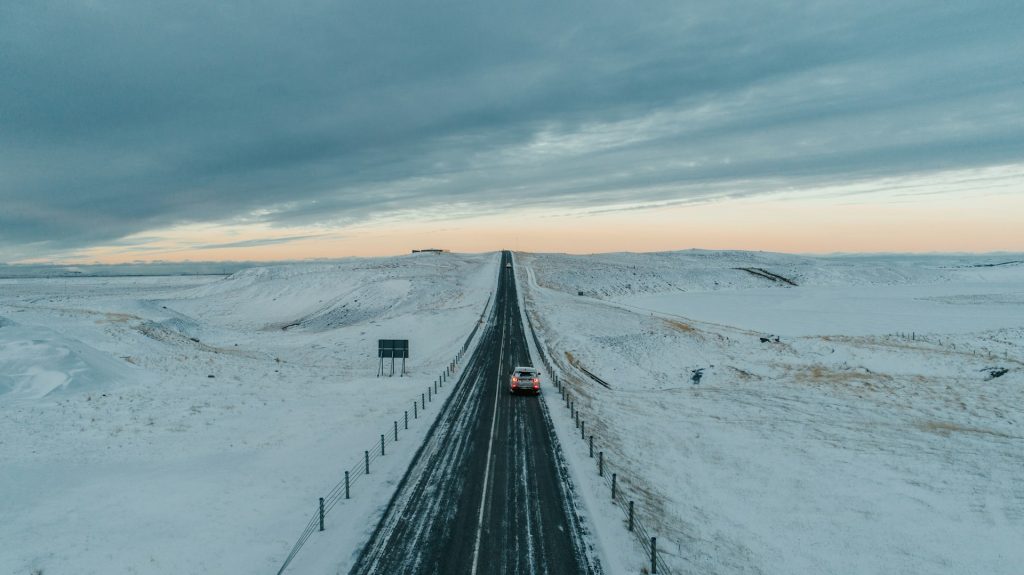
Photographing the Northern Lights
Capturing the Northern Lights on camera is an exhilarating experience that requires some specific techniques and equipment. Here are detailed tips to help you get the best shots of this natural wonder:
- Camera Equipment: For the best results, use a DSLR or mirrorless camera with manual settings. These types of cameras allow you to adjust the exposure, aperture, and ISO, which are critical for photographing the Northern Lights. A wide-angle lens is ideal for capturing the vastness of the aurora and the landscape. Look for lenses with an aperture of f/2.8 or lower to allow more light into the camera sensor.
- Tripod and Shutter Release: A sturdy tripod is essential to keep your camera steady during long exposures, which are necessary to capture the faint lights of the aurora. Any movement can blur the image, so a tripod is non-negotiable. Additionally, a remote shutter release or a camera with a built-in timer can help minimize camera shake when taking long-exposure shots.
Camera Settings:
- Shutter Speed: Set a long shutter speed, typically between 10 to 30 seconds. This allows the camera sensor to capture more light, making the aurora appear brighter and more defined.
- Aperture: Use a wide aperture (f/2.8 or lower) to let in as much light as possible. This setting helps in capturing the details and colors of the Northern Lights.
- ISO: Adjust the ISO to between 800 and 3200. A higher ISO increases the sensor’s sensitivity to light, which is crucial in low-light conditions. However, too high an ISO can introduce noise to your images, so find a balance that works for your specific camera.
- Focus: Manually focus your lens to infinity. Autofocus can struggle in low-light conditions, so manual focus is more reliable. To ensure sharp focus, you can use live view mode and zoom in on a bright star or distant light source to fine-tune your focus.
- Composition: Include elements of the landscape in your composition to provide context and scale to your images. Mountains, trees, and lakes can add depth and interest to your photos. The reflective surfaces of water bodies can enhance the beauty of the Northern Lights by mirroring the aurora.
- Practice and Experiment: Photographing the Northern Lights can be challenging, so practice and experimentation are key. Try different settings to see what works best for your location and the intensity of the aurora. Take multiple shots with varying shutter speeds, apertures, and ISO levels to find the perfect balance.
- Post-Processing: Editing your photos can bring out the best in your Northern Lights images. Use photo editing software to adjust the brightness, contrast, and saturation. Be careful not to over-edit, as maintaining a natural look is important.
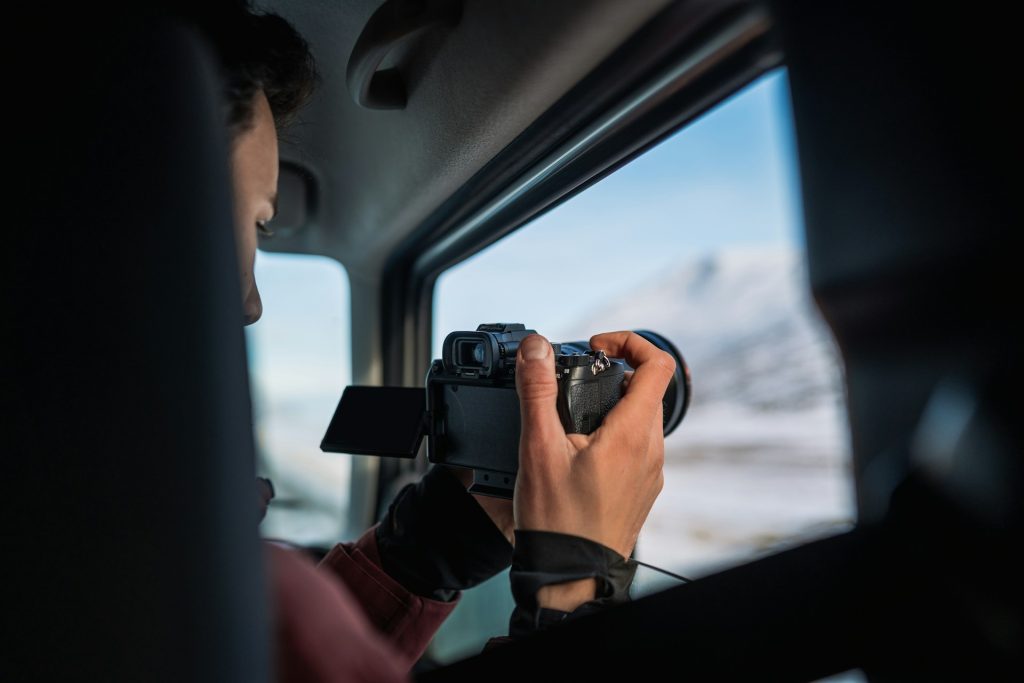
Safety Tips for Winter Driving in Iceland
- Rent a Suitable Vehicle: Winter roads in Iceland can be challenging due to snow and ice. Renting a 4×4 vehicle is highly recommended, as it provides better traction and stability in slippery conditions. Firefly Iceland offers a range of budget-friendly 4×4 vehicles equipped for winter driving.
- Check Road Conditions: Before heading out, check real-time road conditions on websites like Vegagerdin. This site provides information on road closures, weather-related hazards, and driving conditions across Iceland. Being informed about the current conditions will help you plan a safer journey.
- Drive Carefully: Iceland’s winter roads can be treacherous, especially in remote areas. Drive slowly and maintain a safe distance from other vehicles. Be cautious on winding roads and watch out for black ice. If you encounter severe weather, consider postponing your trip or taking a guided tour instead.
- Be Prepared: Carry essential items such as a first aid kit, extra warm clothing, food, water, and a fully charged mobile phone. Inform someone of your travel plans and expected return time. It’s also wise to have an emergency plan in case you get stranded or encounter unexpected difficulties.
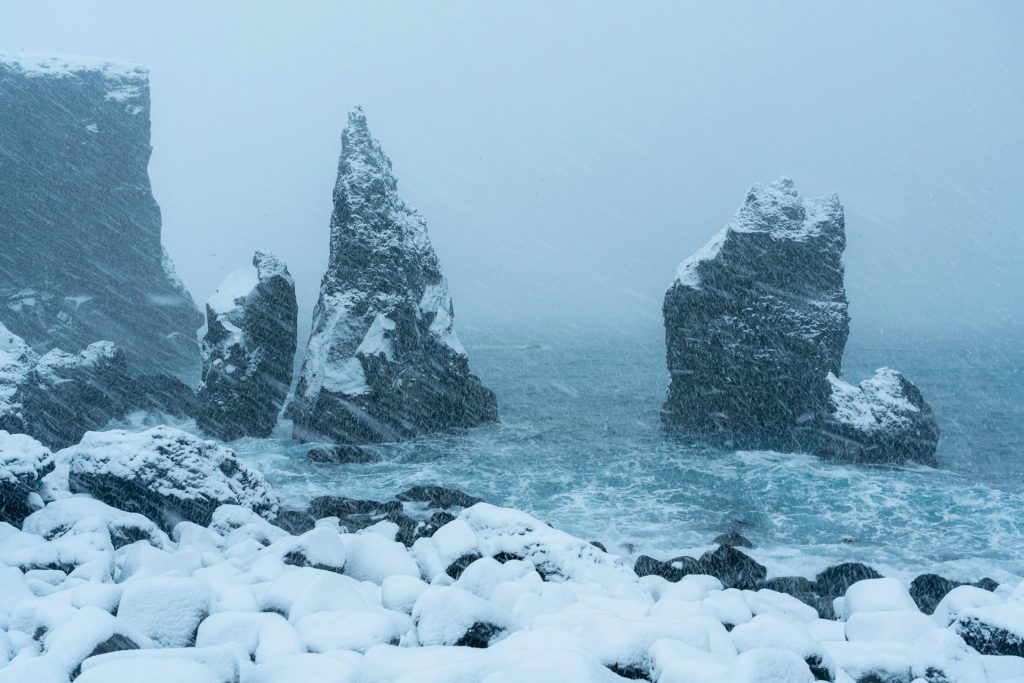
Why Rent a Car with Firefly Iceland
Renting a car from Firefly Iceland provides the flexibility to explore Iceland at your own pace and the freedom to chase the Northern Lights whenever the conditions are favorable. Our budget-friendly car rental options are perfect for travelers looking to experience the best of Iceland without breaking the bank. We prioritize customer safety and satisfaction, ensuring our vehicles are well-maintained and equipped for winter conditions. With local knowledge and friendly service, Firefly Iceland is your trusted partner for an unforgettable Northern Lights adventure.
Embark on your aurora adventure with confidence, knowing you have a reliable vehicle and the support of a local expert. Safe travels and happy Northern Lights hunting!
